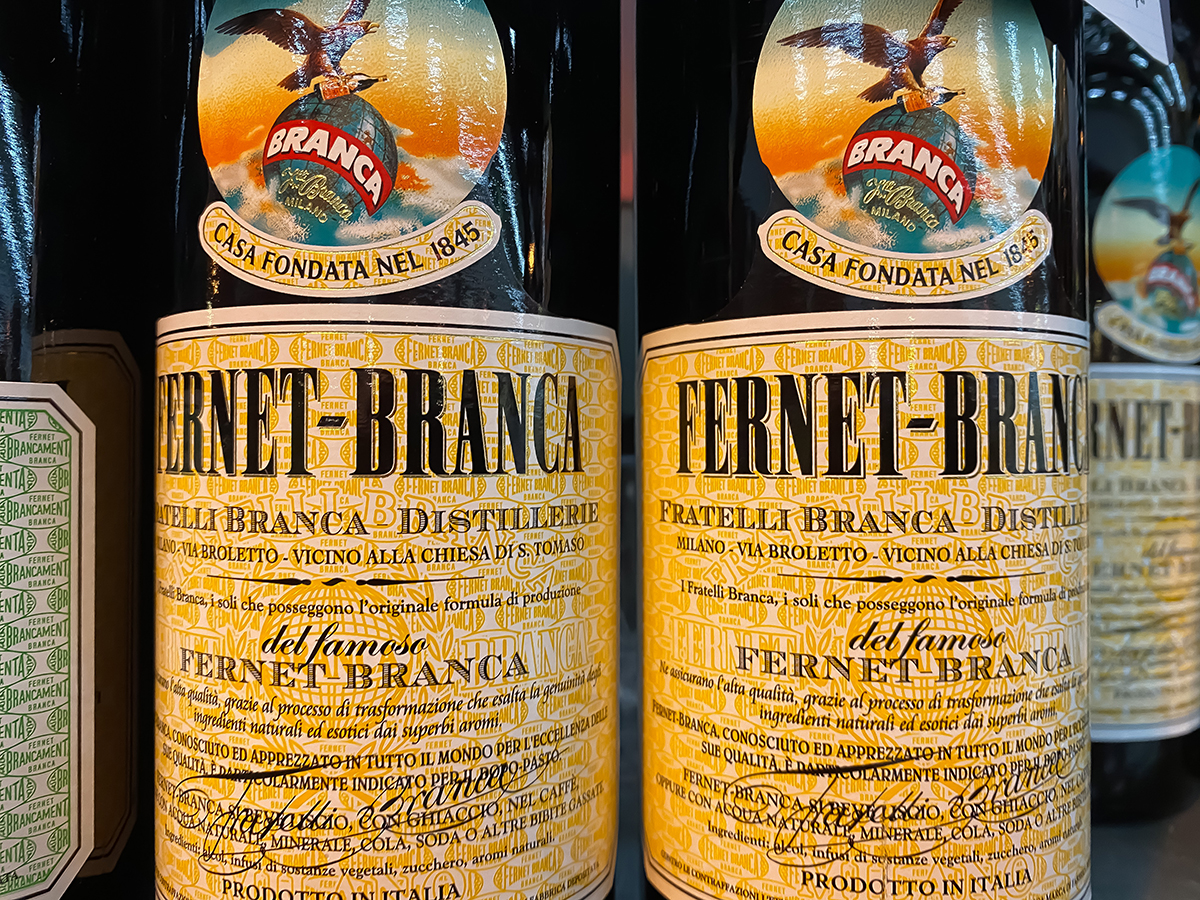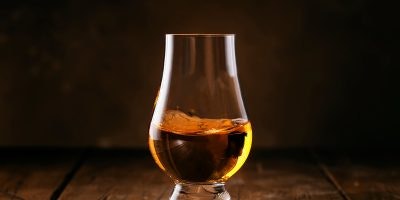These days, it’s hard to miss the many bottles of Italian amaro lined up on the back bars of your favorite watering holes or overtaking shelves at your local liquor shop. But if you’re not tending bar yourself, you may wonder what amaro is exactly and why folks are making such a fuss about it. To begin with, the word “amaro” translates to “bitter” in Italian. Once you understand the translation, you can begin to understand the bitter liqueur a bit more. Although amari—the plural version of the word—can be made anywhere, traditionally they were made in Italy. There are hundreds of amari produced these days, often not sold outside of the regions in which they are made. But some do get wider releases.
Amaro Basics
There are a few things to note about amari. First, there isn’t an official definition for the amaro category. As a result, the flavors, strength of bitterness, and ABV (15-45%) will vary widely in each. Often, neutral alcohol or brandy will be used as the base. But other distilled spirits can be used. Amaro gets its bitterness from the maceration and/or distillation of various herbs, spices, roots, flowers, or other botanicals. Typically, each brand will guard its exact recipe. As a result, you won’t often see a full list of ingredients or methods disclosed. But subcategories of amaro, like rabarbaro which highlight rhubarb and carciofo which incorporate artichoke, can help you understand its dominant flavors.
Finally, fernet is a type of amaro and not just the name of a popular brand. Once again, there is not a legal definition for the style, but expect fernet to be very bitter and bold with a moderate ABV (30-45%). Amaro was originally created to aid in digestion, so you will often see them listed with the dessert and after dinner drinks menu. We suggest you begin your journey into the category with these essential Italian amaro picks found in many major markets.
Cynar
Pronounced chee-nar, this Italian digestivo first hit the Italian market in the 1950s. Cynar was founded by Venetian entrepreneur Angelo Valle Molle and is distilled from a blend of 13 herbs, as well as artichoke leaves—the star ingredient from which the Italian amaro gets its name. The unique moniker, which often stumps drinkers, comes from a property found in artichokes called cynarin. It also likely stems from the vegetable’s botanical name, Cynara scolymus. It is bottled at 16.5% ABV.
Averna Amaro
Averna Amaro was first made in Sicily by the Averna family in 1868, after the recipe was gifted to them by Benedictine monk Frà Girolamo. Since then, descendants of the brand’s founder Salvatore Averna have passed the recipe down through the generations and have grown the brand to a level of international fame. The Italian amaro is made with herbs and spices that are common throughout the Mediterranean. It is bottled at 29% ABV.

Ramazzotti Amaro
Ramazzotti Amaro was created in 1815 by Ausano Ramazzotti who owned an herbalist shop in Milano. The bitter liqueur includes 33 herbs and roots including angelica root, bitter orange, cardamom, clove, galangal, myrrh, rose petals, star anise, sweet orange and vanilla.
Ausano opened up a cafe near the La Scala theater where his customers could consume his Italian amaro instead of coffee. Although it was crafted in Milan, it is now produced in Canelli, Piemonte.
Amaro Montenegro
Amaro Montenegro is made with 40 botanicals using three processes: boiling, maceration and distillation. Some of these botanicals include: sweet & bitter oranges, petite dried oranges, coriander seeds, marjoram, oregano, artemista blend, cinnamon, cloves and nutmeg.
Amaro Montenegro was created by Stanislao Cobianchi who decided to travel the world rather than follow his family’s desire for him to join the clergy. He founded his company in 1885 and named it after Princess Elena of Montenegro who went on to become the queen of Italy in 1900.
Zucca Rabarbaro
The recipe for Zucca Rabarbaro dates back to 1845 when a doctor prescribed rhubarb and medicinal herbs to Tilde Zucca to aid her digestion. Her husband Ettore decided to add alcohol to the concoction. It became quite popular in Milan’s cafes as an aperitif as well as other European cities.
In the early 1900s, a descendant of Ettore, Carlo, established the Zucca Company to bring the Italian amaro to shelves. Rabarbaro is Italian for “rhubarb” and is the only disclosed ingredient by the brand. The rhubarb root used here is sourced from the Gansu province in China.
Amaro Lucano
Lucano Amaro is made in the town of Pisticci Scalo in Basilicata, Italy. It is made from more than 30 herbs and spices, some of which are disclosed. They include: angelica root, bitter aloe, bitter orange, blessed thistle, clary sage, elderberry, gentian, musk yarrow, ruta and woodworm. Founded in 1894 by Pasquale Vera, Averna is now run by his grandson and his family.
Fernet Branca
Fernet-Branca was created in 1845 by Bernardino Branca in Milan where it is still made today. It is made from a proprietary recipe of 27 different herbs, roots, and spices, only some of which are disclosed. They include: aloe ferox, bitter orange, chamomile, cardamom, cinchona bark, cinnamon, galangal, gentian, iris, laurel, laraha, linden, myrrh, zedoary and saffron. It is aged in 15,000-20,000 liter Slovenian oak vats for at least a year.
Due to its popularity in Argentina, a second distillery located outside of Buenos Aires was founded in 1941. Fernet-Branca & Coke is how it is most consumed there.
Amaro Meletti
Meletti Amaro is produced by a family-owned and operated company located in Le Marche. Most of the ingredients used are sourced from the region from growers who work exclusively with the brand. Known botanicals include anise, clove, gentian, orange peel, saffron and violet flower. The method of cold-extraction known as percolation is the method for obtaining flavors and the neutral spirit base is a blend of molasses and beetroot. Water and sugar are added as well.
Amaro Sibilia
This Italian amaro is made by Distilleria Varnelli in the Le Marche region of Italy. First created in 1868, it’s made from a mix of herbs, roots, and barks that are prepared over a wood fire. It is sweetened with honey then aged and decanted before bottling at 34% ABV.
With Distiller, you’ll always know what’s in the bottle before you spend a cent. Rate, Review and Discover spirits! Head on over to Distiller, or download the app for iOS and Android today!


